中文版本
My friend,
Do you remember our last contact in early May 2023? We entered Singapore’s unique summer characterized by hot, humid weather and thunderstorms. With the passage of time, I believe you have already felt it.
This year, the region is expected to experience the El Niño phenomenon, making the heat more pronounced. I have already seen some countries experiencing cases of “heat-related deaths“! I hope those who participated in my sharing session have taken the suggested measures to actively prevent possible symptoms.
Due to the expected El Niño phenomenon in the region and the hot weather in recent months, coupled with the dry season winds, I believe you will feel hotter and drier. Recently, with the issue of haze caused by forest fires in neighboring countries, we have become aware of how easily we can be affected by climate and environmental changes, which directly impact our health.
In hot and hazy weather conditions like this, many people may experience symptoms such as dry throat, dry skin, and non-productive cough upon waking up in the morning. The basic principles of traditional Chinese health preservation emphasize “prevention before illness” and “preventing complications once the illness occurs.”
How to prevent illnesses triggered by haze?
The methods of traditional Chinese medicine for preventing and treating haze involve nourishing and moistening the lungs, invigorating the spleen, replenishing qi, clearing heat, and detoxifying the body. These measures aim to prevent the occurrence of dry and hot diseases as well as upper respiratory tract diseases.
When facing haze, what is the most effective way to protect oneself, especially for the elderly and children?
The most effective method is to avoid exposure. Once the haze arrives, try to minimize going outdoors. This is especially important for sensitive populations such as the elderly, children, pregnant women, heart patients, and those with respiratory system diseases. It is best to reduce outdoor activities. If you must go out, take necessary self-protection measures. Wear a properly fitted, high-protection mask that meets the required standards. If you are not going to be outdoors for too long or participating in outdoor activities, I believe wearing an N95 mask is not necessary.
Many people may not have a clear understanding of the hazards of haze. Is haze harmful?
From the perspective of traditional Chinese medicine, haze enters through the nose and mouth, enveloping the whole body. The lungs govern the skin and hair, and are responsible for respiration. The skin, nose, and mouth directly come into contact with the haze. At this time, it is easy to develop diseases such as chest fullness, wheezing, and itchy skin.
Furthermore, traditional Chinese medicine in preventive medicine has proposed that epidemic diseases are prone to occur in summer. Today, June 21, was the summer solstice in the northern hemisphere, and we are currently in the hottest season of the year. Days are longer and nights are shorter. Although it seems like the COVID-19 has passed, I hope that everyone will still remain vigilant and adhere to all preventive measures to avoid getting infected.
What common diseases are usually triggered by haze? Should people with bronchial diseases be more concerned?
Based on the theory of the Five Elements in traditional Chinese medicine, our body’s lung system belong to Metal element and is associated with sadness and melancholy. In addition to respiratory diseases, hazy weather can cause symptoms such as dry mouth, dry nose, cough, and dry skin. People may also be more prone to sadness or depression during this time. We need to pay attention to friends and relatives who may experience emotional imbalances.
People with existing bronchial diseases should take more proactive preventive measures. Improve their condition and boost their immunity.
I have a suggestion to visit Gardens by the Bay in Singapore. It is a good place for lung cleansing.
In terms of medicated diet during haze conditions, are there any specific precautions to take?
At this time, health preservation methods focus on cooling down the body, nourishing yin, moistening the lungs, and generating body fluids to prevent the occurrence of dry and hot diseases as well as upper respiratory tract diseases. For those with weaker constitutions, it is also recommended to strengthen the spleen and boost qi.
Here, I will introduce three dietary medicinal recipes and two acupressure massage methods for health preservation.
Medicated Diets
- Lily white fungus and lotus seed soup:
- [Ingredients] 20 grams of lily, 40 grams of white fungus, 15 grams of lotus seed, rock sugar to taste.
- [Efficacy] nourishing the lung and invigorating the body, strengthening the spleen and stomach, and soothing the heart and mind.
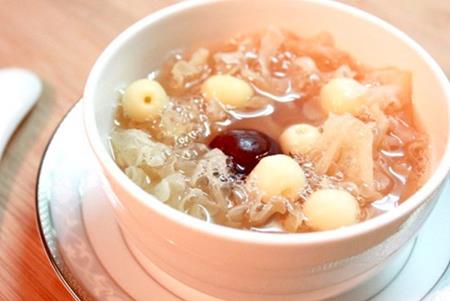
- Honey Stewed Pear
- [Ingredients] A pear, 2 red dates, 10 grams of honeys
- [Efficacy] nourishing the lung, relieving cough, promote fluid secretion and eliminating dryness.
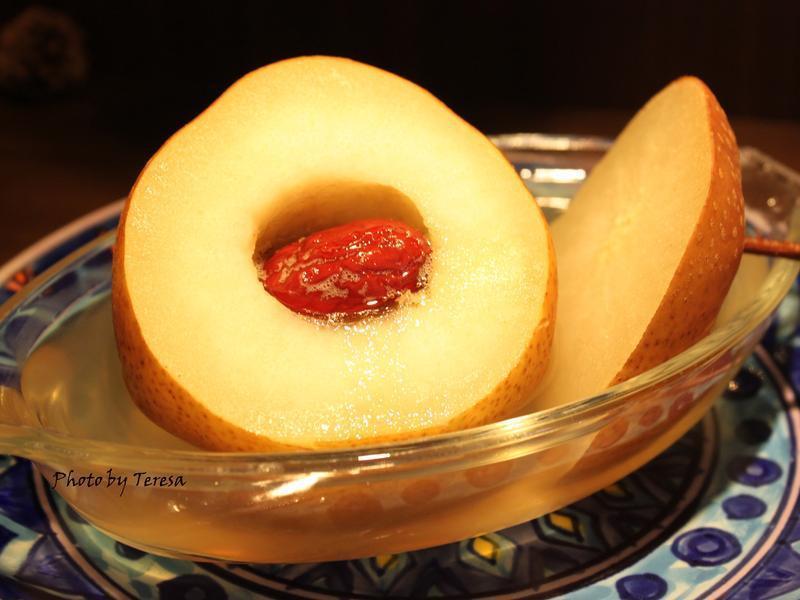
- Astragalus Chinese Yam Porridge
- [Ingredients] 15 grams of Astragalus, 30 grams of Chinese Yam, 6 grams of lily 10g, 50 grams of rice.
- [Efficacy] Nourish Yin and produce fluid, strengthen spleen and replenish Qi. Suitable for lung Qi deficiency, easy to catch a cold, especially for the old and weak or resistance to decline.
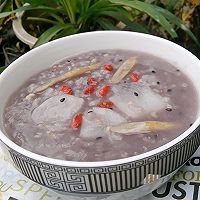
Acupressure Massage Techniques:
- Yu Ji 鱼际穴
- Yu Ji acupoint is located at the midpoint between the root of the thumb and the wrist. During the dry seasons massaging the Yu Ji Acupoints can help relieve respiratory diseases, such as cold, bronchitis, pneumonia, pharyngitis, etc.
- When massaging, you can use the thumb of the other hand to push along the Yu Ji Acupoint, or using the Yu Ji Acupoints of the two hands to hit each other. 1 to 2 times a day, about 10 minutes.
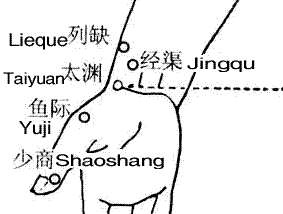
- Ying Xiang 迎香穴
- Dry and hazy weather can easily lead to colds and lung diseases. Massaging the Ying Xiang Acupoint has the function of cleansing the heatiness, moistening dryness and nourishing the Lung Visceral System and help clear nasal congestion.
- Ying Xiang acupoint is located beside the nasal about 0.5 Cun away, in the nasolabial groove. When massaging, use you’re the edge of the index finger to rub for 20 to 30 times, 1 to 2 times a day.
- If you are practicing the 5 Element Facial Massage Technique I shared in module 3 of the “Acupressure Massage” course, you will have already been massaging this Acupoint!
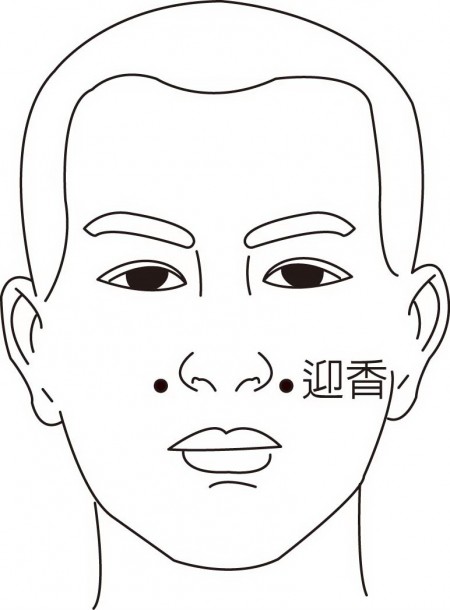
You can continue to receive article and notification related to TCM Health Maintenance by Subscribing through this link
Please send this link to your friends and family, we want more healing to go to more people in the world.
Looking forward to seeing you in my class-room training or an online course at the convenience of your home .
Warmest regards
Dr Clement Ng (黄欣杰)
updated: 21/06/2021
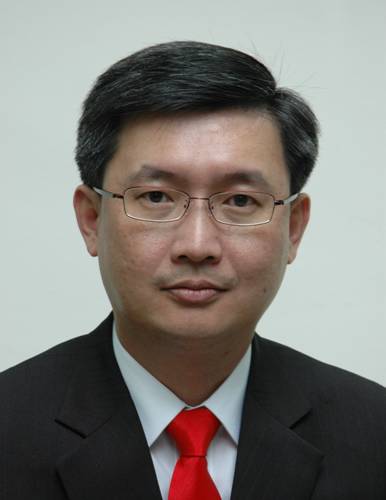
Latest courses 最新课程
Online Consultation 网上看诊
Online courses at Udemy,
- Stroke, Let Chinese Medicine (TCM) Helps You!
- Chronic Fatigue, Let Chinese Medicine (TCM) Helps you!
- Boost Immunity Through Chinese Medicine (TCM)
- Diabetes, Let Chinese Medicine (TCM) Helps You!
- Long Covid Syndromes, Let TCM helps You!
- Insomnia, Let Chinese Medicine (TCM) Helps you!
- Stress, Anxiety and Depression? Let TCM help you!
- Why am I fat when I don’t eat much! – Let TCM helps you!
- Certificate in Effective Acupressure Massage for Baby
- 新冠病毒后症状, 让中医帮帮你!
提供的服务 Services provide
- 中医专业医师出诊服务
- 中医预约门诊服务
- On-site TCM services
- Appointment-base TCM clinical services
——————————————
Clinic Appointment 诊所预约
- +65 8606 6656 @ FerraGold TCM @ Novena 富乐康中医
- 103 Irrawaddy Road, #01-11 Royal Square @ Novena Singapore 329566
- By Appointment only/ 请预约
